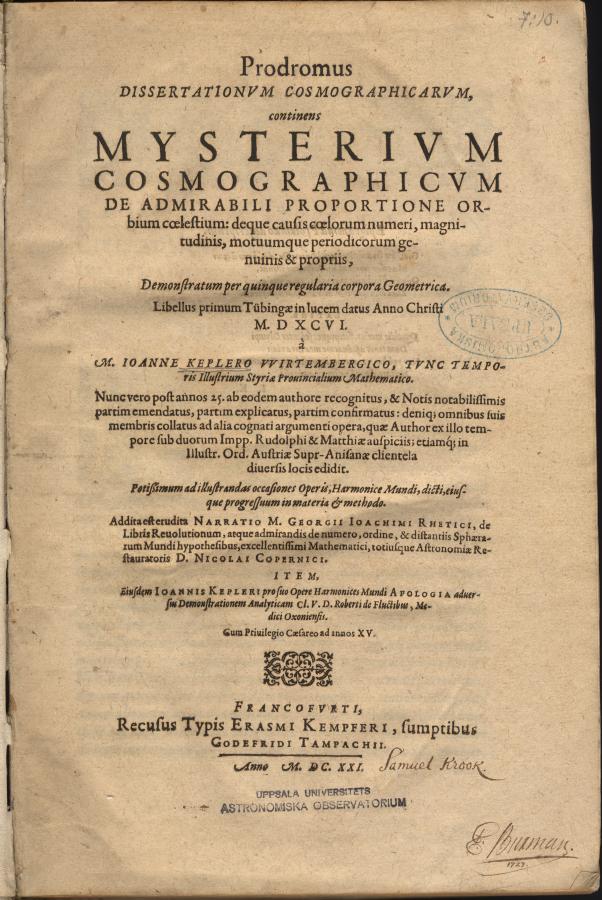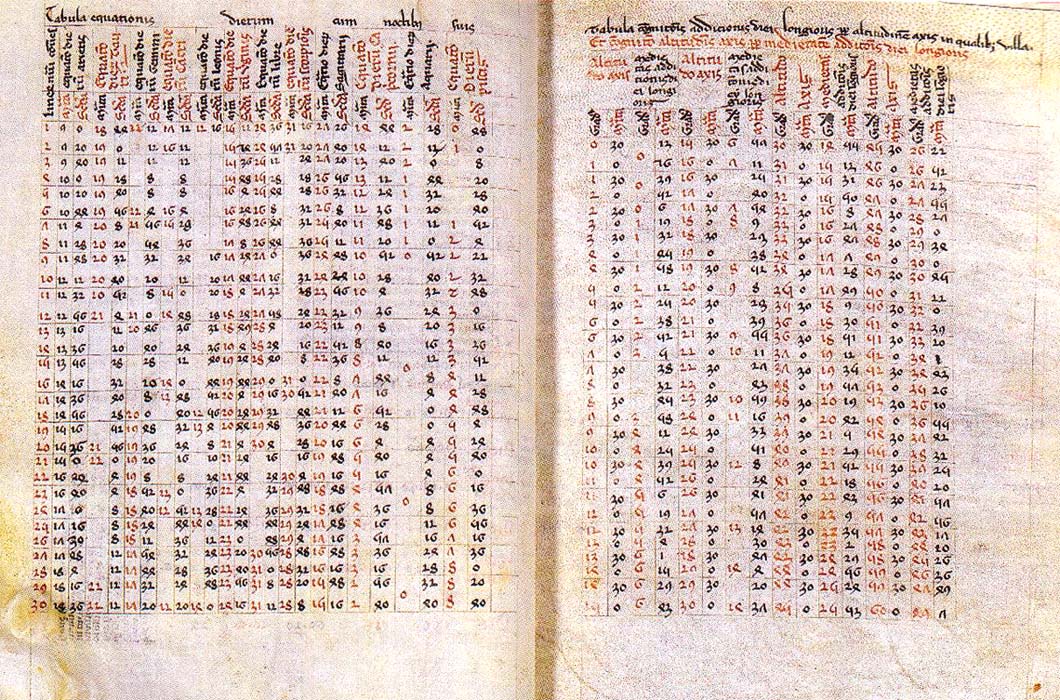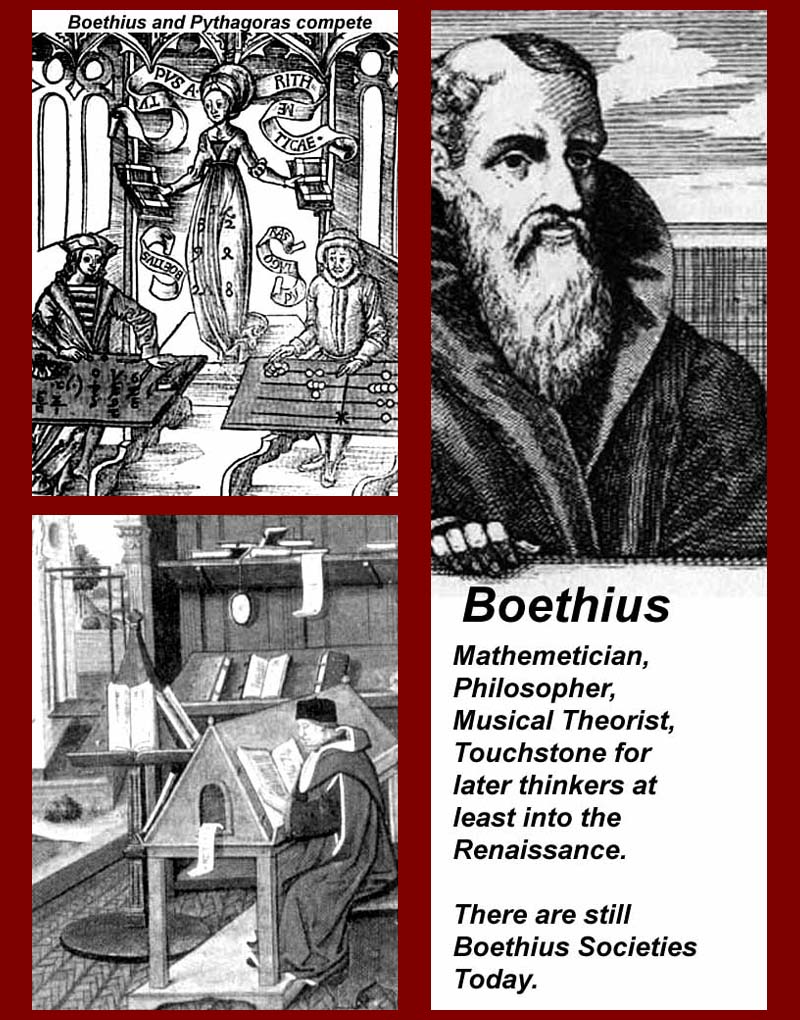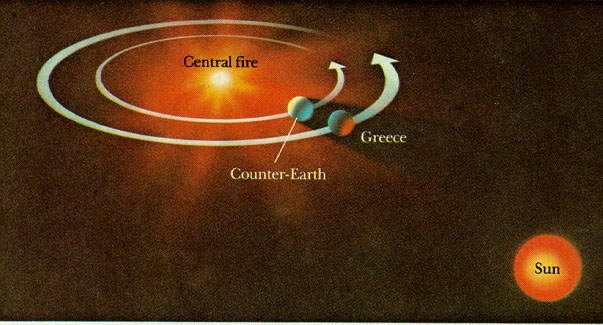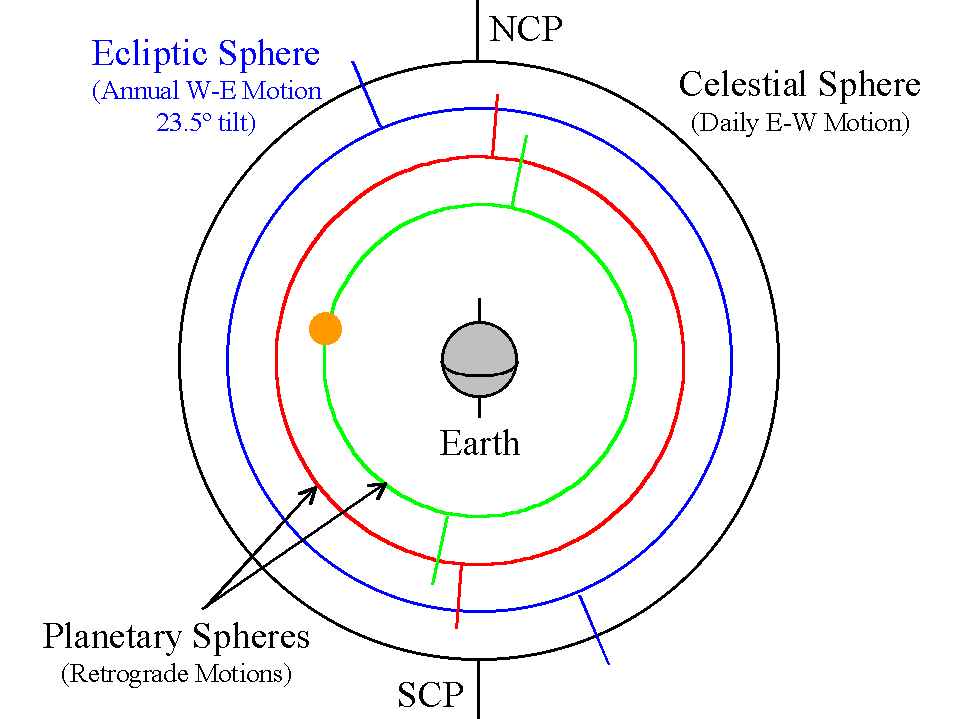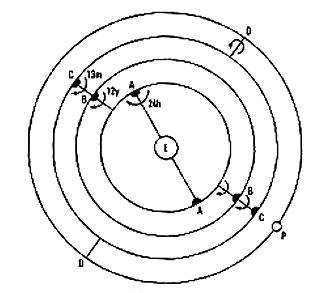3.4
 |
| Galileo Galilee |
This is a story of religious blindness versus
scientific truth. History is very rude, reality is hard. Though, sometimes time
gives birth to some great humans who leaves their footprint on the planet
forever. Galileo is one of those.
In need of time, Galileo Galilee was born in
February 15, 1564 in Italy, just a day later Valentine. He is the great
astronomer who constructed the base of modern science. His contribution to
science is unforgettable. He born before Kepler and also lived after Kepler.
| Cover: Dialogo sopra i due massimi sistemi |
He fought against the religious blindness all his
life. Galileo’s parents wanted him to study medical science. But medical-study never attracted his curious mind because, yet medical was taught according
to Galen’s book which was 1500 years old method. And though, Catholics did not
allow any kind of dissection. That’s why Galileo left medical study and started
studying mathematics and inventing small things by himself.
At the age of 25 he was employed as a lecturer of mathematics in Pisa where he taught astronomy, poetry and mathematics. After some years he had to leave that post too and got a new post in Padua University in Venice. Giordano Bruno was another candidate of same post. It was 1592 when Galileo came to Padua.
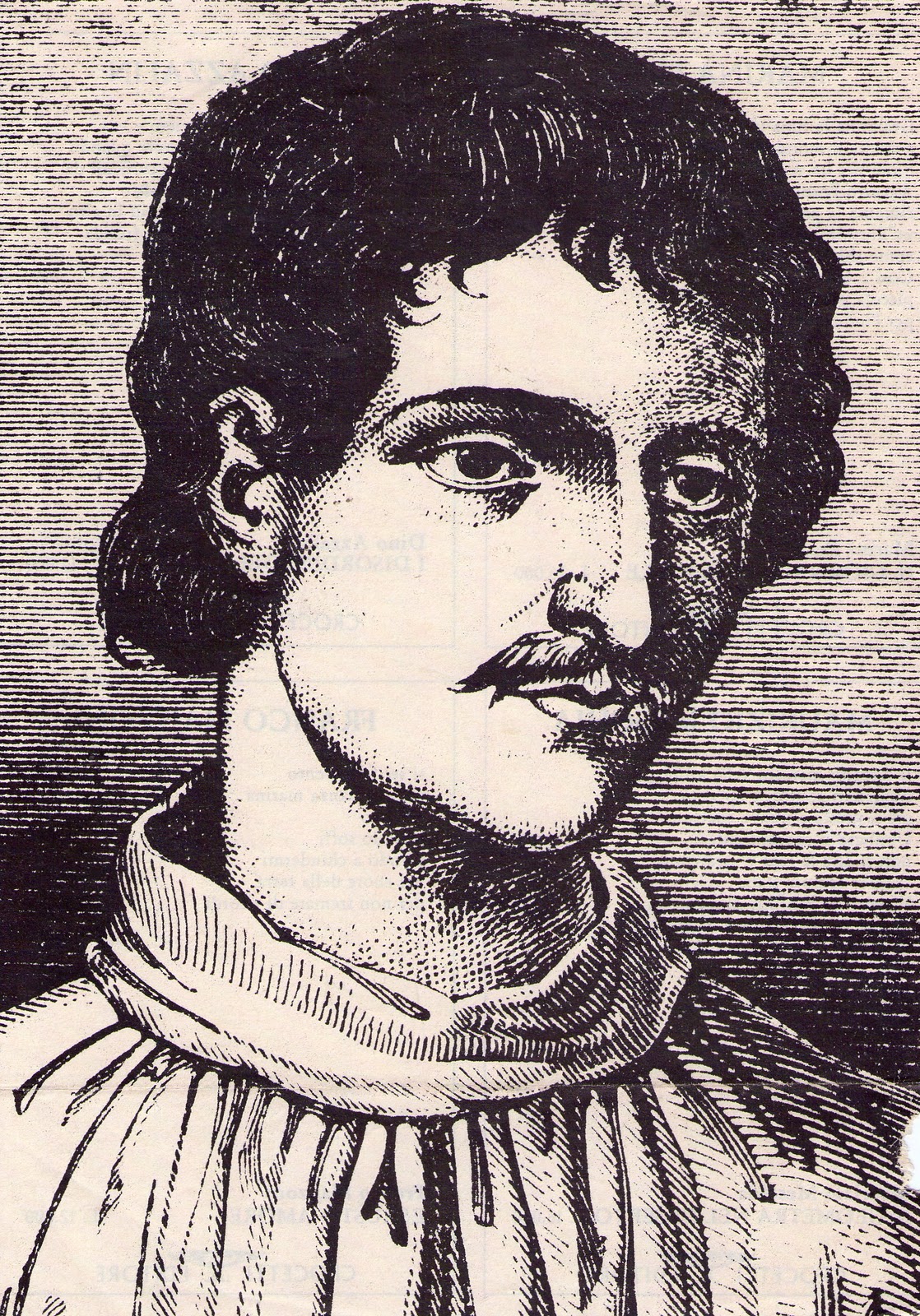 |
| Giordano Bruno |
Galileo was in Padua for 18 years. In that period
he wrote, lectured, experimented, invented scientific instruments included
thermometer. He had suffered a lot for family issues such as his two sisters’
marriage; he had to pay a big amount of dowry. He also had given some money to
his brother who was a singer.
At the age of 45 he became famous as a scientist.
In 1609, Galileo came to know that a man in Holland made an instrument with
glass, through which things can be seen magnified. At once, he collected some
lenses and made his very own telescope, an instrument which unlocked a new era
of astronomy. Galileo is the first human ever been who saw more far in the sky
than ever before. He observed the sky and recorded what he seen. 1609 and 1610,
in this two years he discovered so many things in the sky.
Galileo observed our satellite Moon and its
nature, Mars and its satellites’ nature. He discovered the 4 satellites of
Jupiter out of its 16 satellites. He differentiated between Planets and their
moon or satellites. The breakdown of old doctrines about astronomy occurred,
when Galileo saw that all the planets he discovered are moving around the sun
and all the moons are moving around their mother planets. He came to decision
that, our earth is not beyond this nature. In a moment, all the theories of
Aristotle and related earth-centered universe concepts started to fall apart.
Galileo also observed the phases of Moon and Venus. It became clear that, Venus
also moves around the sun.
In 1610, Galileo published his book Sidereus
Nuncius where he included all his observations. This book made him more
famous. In 1611, Galileo went to Rome and lectured and made many fans and foes.
Galileo continued his research against all odds. He discovered solar-spot on
sun’s surface. In 1613, he published another book on this ‘solar-spot’ matter.
 |
| Cover: Sidereus Nuncius |
The war between blind religions and liberal
science started in 1616. Galileo liked debating which is awful for religions.
In 1624, Galileo started to write a book on Copernican concept in which he
wanted to highlight that Copernicus was right. After getting permission of
religious authority, the book was at last published in 1632. The name of this
epic book is Dialogo sopra i due massimi sistemi, in English it’s
called- Dialogue Concerning the Two Chief World Systems.
After releasing the book, Catholics called
Galileo in Rome. Galileo admitted his guilt (!). The authority that burnt Bruno
alive sentenced Galileo imprisonment for life. He wasn’t put in jail; rather he
was imprisoned in his own house in Florence. He never left research, though. He
wrote another book in prison- Two New Sciences. Before becoming blind in
1637, he kept researching. His daughter Merry Celeste read expiatory verses
seven times every day. After becoming blind Galileo said- “The universe, which
I made a million times bigger, today, it became as small as my body.”
The great scientist who trigged a new era of
science, who wanted every human scientific-minded, who gave birth to a new
scientific doctrine, died in January 8, 1642.

